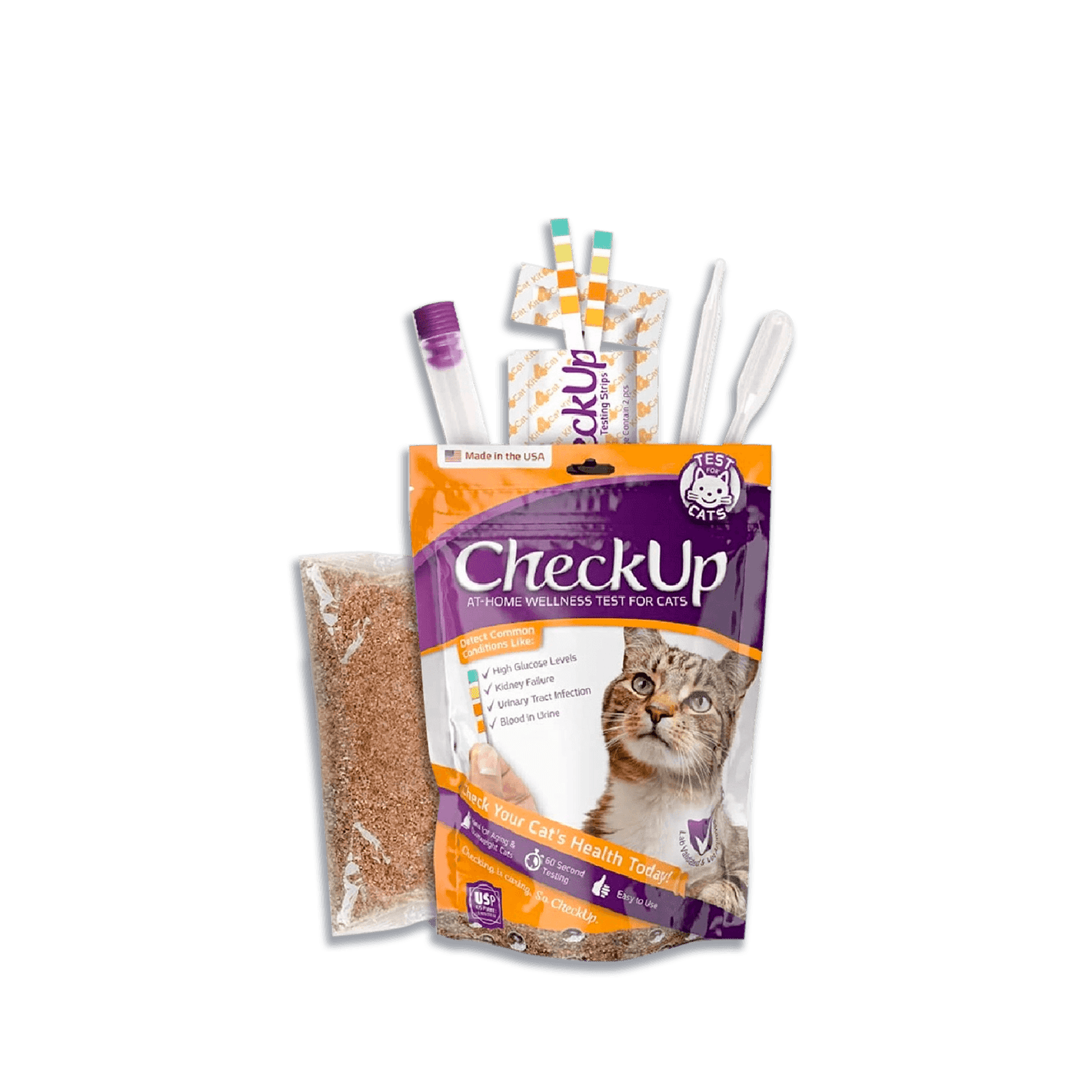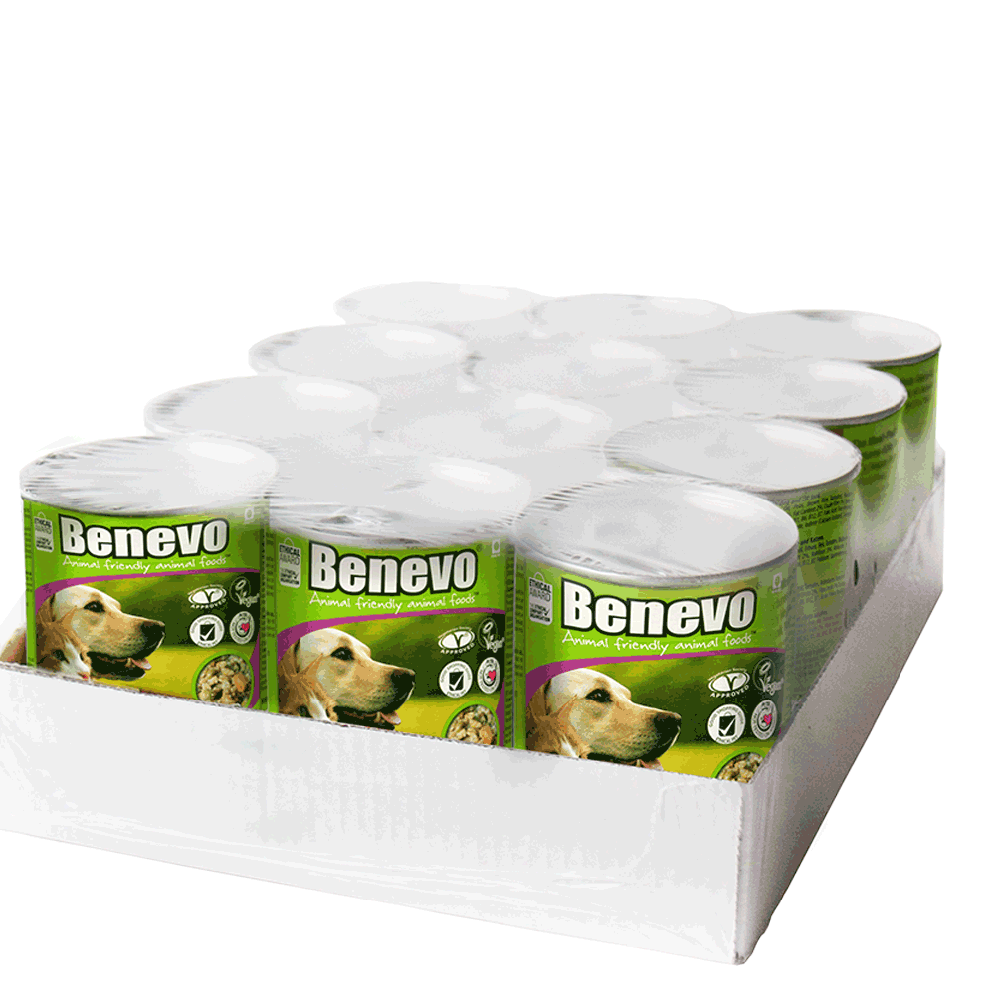According to Nationwide, pet insurance agency, the #1 illness for cats is FLUTD1 - Feline Lower Urinary Tract Disease. Much like diabetes and heart disease are the leading illnesses in humans, urinary health issues are the leading illnesses in cats. This article is pays particular attention to the urinary health of cats with regards to plant-based diets.
With the lower tract urinary disease, the urinary bladder and the urethra (see diagram below) are affected the most.

Image 1. Feline Urinary System - Male and Female
The most frequently cited cause of urinary tract disease is improper hydration3, 4. In Canada, 1/3 of all food that is fed to cats is wet food, while the remaining majority (about 2/3)2 is dry food. Since cats get water from their food, when the food is dry, they are likely not getting enough water.
A cat's normal prey is ~70% water. Dry food is ~5-10% water. Canned food is ~78% water. Cats have a low thirst drive and they do not make up the deficit at the water bowl. They are designed to get water with their food.3
As a result of dry-fed diets, many cats have urinary health issues, which fall under the umbrella of FLUTD, including cytitis and urethra obstruction, both of which are very painful pathologies.
- Cystitis (bladder inflammation)
- Cystitis occurs in the urinary bladder (a muscular sac, that receives and holds the urine until discharged - see Image 1)
- Cystitis is an inflammation of the bladder wall, often linked to stress and the highly concentrated urine that results from being fed a water-depleted (dry food) diet.3
- Urethra obstruction
- The urethra is a tube that drains urine from the bladder (see Image 1)
- Urethra obstruction is when the tube is blocked by an inflammation material - mucus, crystals, and/or small stones (called calculi) that have formed in the kidneys and have passed down into the bladder
- Urethra obstruction is an extremely painful condition that predominantly occurs in male cats because male urethra is more narrow than that of female cats
- Urinary Tract Infection (UTI)
- UT Infections can occur anywhere along urinary tract
- UTI's are caused by bacteria
- UTI's are relatively rare (accounting for 1-5% of FLUTD)5
- UTI's are usually treated with antibiotics (to fight the bacteria)
How do you know that your cat might be experiencing cystitis or urethra obstruction or UTI? There are a number of symptoms that suggest your cat might be in trouble:
-
Straining to urinate - with or without production of urine
-
Frequent trips to the litter box - with or without production of urine
- If you are using clumping litter, cats with cystitis will often have many small urine balls (small clumps) in the litter box
-
Crying while urinating
-
Excessive licking of the genital area
-
Blood in the urine
-
Urinating in places other than in the litter box
-
Posturing (squatting) in the litter box for a long period of time (Note that sometimes people think that their cat is constipated when he/she is really showing signs of a lower urinary tract problem.)
If you see any of the symptoms you should consult your vet right away.
In most cases these conditions are preventable and the most effective prevention is to provide adequate hydration for your cat. Other factors, such as stress and low activity levels, contribute to problems with the urinary tract. However, improper hydration is the main contributor.
We know that bladders are 'happier' with more water flowing through them, which helps to flush out debris (mucus, cells, crystals) and keep the urine diluted. Diluted urine is thought to be less irritating to the bladder wall. Therefore, we see far more cases of cystitis in dry food-fed cats than in cats eating canned food. 3
Providing adequate hydration is, however, easier said than done. If you just put a bowl of water in front of your cats, they will not necessarily drink enough water. Unlike dogs (who happily drink water), cats get most of their water from food. Therefore, give your cat wet canned food, which usually contains 75-78% moisture. Unfortunately, canned food is more expensive. So as an alternative, you can give your cat dry kibble, and add water (preferably distilled) to dry kibble with 1:1 ratio. For example, for every 1 cup of dry kibble, provide 1 cup of water. Let the food soak in the water for half an hour and then give it to your cat. The soaked kibble becomes 55% moisture, which is much better than the 10% moisture originally found in dry kibble. If your cat is picky, then add nutritional yeast to moisten food. Also, cat water fountains entice some cats to drink more water. Another alternative is to add fresh/pureed veggies to increase moisture content of dry kibble while also adding whole-food nutrients to the meals.
Another factor that contributes to the urinary health of cats is the pH of their urine. pH is the measurement of how acidic or alkaline urine is.

Image 2. The pH scale
The normal pH for cat urine is in the range of 6.0 - 6.5. A lower number indicates more acidity, whereas a higher number points to greater alkalinity in the urine. A plant-based diet contributes to making a cat's urine more alkaline, which in turn can lead to the formation of struvite crystals (a mixture of magnesium, ammonium, and phosphate), which in turn can lead to urethra obstruction. To bring urine pH back to normal, cats (especially male cats) need to be supplemented with acidifiers, which dissolve the struvite crystals. Most popular vegan dry kibbles are supplied with ingredients like dl Methionine and other ingredients to help keep acidity in the 6.0 - 6.5 range. Other example of acidifiers are cranberries (cranberry powder), vitamin C and sodium bisulfate. Sodium bisulfate is used in VegeCat, the supplement for home-made meals designed for cats with urinary health complications. VegeYeast with pH of 4 can also be used as an acidifier. Acidifiers can be given to cats to decrease the pH of their urine to make it more acidic, this will re-establish the 6.0 - 6.5 pH range.

Image 3. The effect of plant-based diets and acidifiers on cat's urine should. The pH of the urine should be in 6.0 - 6.5 range.
A word of caution: the acidifiers should be given in moderation. Providing too much may lead to overly acidic urine, which can create another kind of crystal called calcium oxalate. These crystals can remain small and harmless, or they can grow large and lead to urethra obstruction and other complications. So it is very important to keep the pH level in 6.0 - 6.5 range.
There are several ways to monitor the pH of your cat's urine. This can be tested by a vet, who would provide the most accurate results (compared to other methods). However, visits to the vet can be quite expensive, because there is the cost of the visit in addition to the cost of the test. Monitoring pH on an ongoing basis with the vet might be cost-prohibitive. Another option is to have pH tested at home with a special litter (limited accuracy) that changes colour according to urine's acidity or pH test kits such as CheckUp Kit for Cats. Using it regularly allows the cat owners to easily know the pH level in their cats' urine and be peaceful about their pets' urinary health or to know that it is time to go to a vet. The kit includes not 1-, but 4-parameter stripes and besides pH, it also detects the presence of blood in urine (a common sign of cyctitis as was mentioned above) as well as protein level (shows kidney condition) and glucose level (shows diabetes).
We realize that many readers have tried measuring the pH of urine for their cats and we are curious to learn what challenges this process brings up. Please post your comments below to share your experiences.
THE BOTTOM LINE:
- Urinary health issues are very common in cats (#1 illness)
- The primary cause of urinary issues is inadequate hydration
- Urinary problems are preventable with proper hydration
- Feed cats moist food in cans such as Benevo Duo Wet Food or soak dry kibble in water
- Use cat water fountain
- Add fresh/pureed veggies to cat's meals
- Urine pH must be kept in the range of 6.0 - 6.5 to avoid formation of crystals
- Plant-based diets tend to make urine more alkaline, so vegan cats may need additional acidifiers (examples - cranberry powder, vitamin C, VegeYeast)
- Monitor pH at your vet, or at home with CheckUp Kit for Cats





